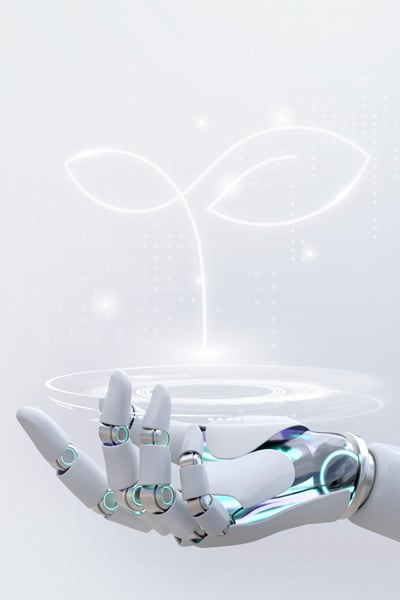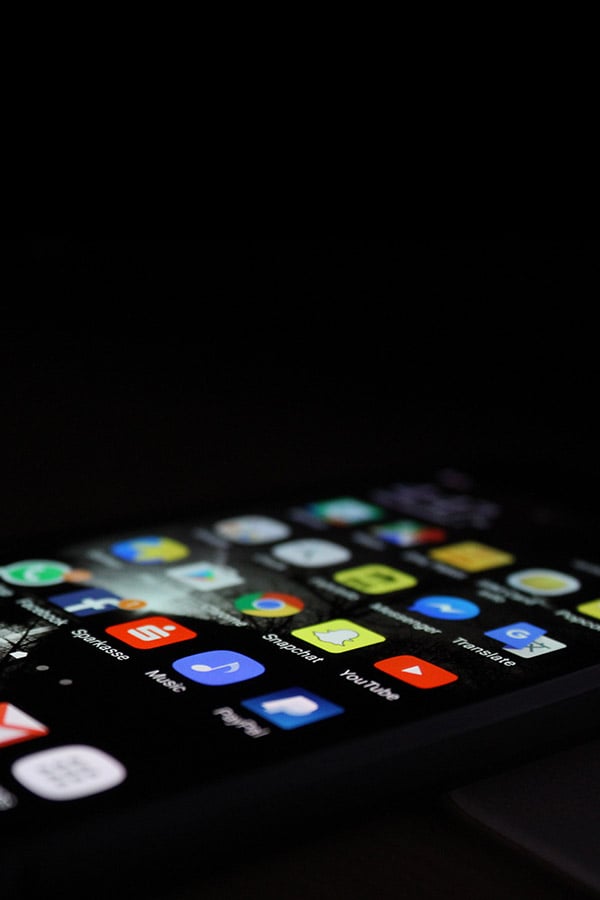[ad_1]
Beauty and technology are two industries that have always worked hand in hand, but 2023 sees the beauty tech trend reaching whole new heights. According to the British Beauty Council, the global beauty and cosmetics artificial intelligence (AI) market was valued at $2.7bn last year, expected to reach $13.3bn by 2030.
Virtual or AI influencers (also simply referred to as ‘avatars’) have existed for years but really gained traction during 2019–2020 amidst the rise of covid-19. Somewhat comparable to video game characters, these CGI figures can appear cartoonish or, more interestingly, exactly like real humans…
Designed by corporations, artists, and creators, AI influencers can be carefully planned to have distinct personalities, friends, outfits, and backgrounds. Amongst typical ‘paid ad’ posts, these influencers commonly publish everyday ‘organic’ lifestyle posts just like humans do. These are meticulously curated to steer a narrative.
Now, some experts claim that virtual influencers will continue rising in popularity in the coming years, ultimately leading to the death of the human influencer.
WHO ARE THE VIRTUAL INFLUENCERS ON THE RISE?
They feature on red carpets and in fashion magazines, and have hundreds of thousands to millions of followers across the world, but who are they?
Many are obvious cartoons (Barbie, for example); however, the rest look hyper-realistic and human at first glance, even though they exist only in the metaverse.
First up we have Lu do Magalu, originating from Brazil, who was created back in 2009 by Brazilian brand, Magalu. According to virtualhumans.org, she is the most followed virtual influencer ever, with an impressive 6.5 million followers on Instagram alone. She has been associated with major fashion brands such as Adidas and Burberry
In the US, Lil Miquela (full name Miquela Sousa) continues to rise, with almost 3 million Instagram followers. She was created by tech company Brud, with Trevor Mcfriedries as the mastermind. Miquela is truly versatile, having worked with multiple brands including Calvin Klein, as well as being a pop singer, YouTube vlogger, and even creating a clothing line. Her Instagram bio simply reads, “19-year-old Robot living in LA.”
Also changing the face of the fashion industry is Shudu, known as “The World’s First Digital Supermodel”. Promoting ethnic diversity, she is dark-skinned and extremely photorealistic, with skin texture to match. Shudu has previously been featured in Vogue, been reposted by Fenty, and worked as a Balmain ambassador. She even features in the portfolio of exclusive digital modelling agency, The Diigitals, alongside several male virtual influencers.
Truly a global phenomenon, virtual influencers are also on the rise in South Korea. Rozy Oh, created by brand Sidus Studio X, has over 160,000 Instagram followers and counting. Her feed shows her travelling the world, including posing on the Met steps à la Gossip Girl, and she has also launched her own product line.
While some brands hire AI influencers from external creators, others have created their very own. For example, Prada introduced digital muse Candy for their fragrance campaign launch. Similarly, NARS unveiled three all-virtual “Power Player” ambassadors for the launch of their lipstick collection. They come complete with names (Maxine, Chelsea, and Sissi, if you’re curious), as well as distinct personalities and backstories.
WHAT ARE THE BENEFITS OF VIRTUAL INFLUENCERS?
Firstly, the impressive advancements in technology simply cannot be denied, and there is certainly a novelty factor. Virtual influencers can be utilised in many ways, though efficiency and convenience are most obvious. For starters, they are more reliable, loyal, consistent, and cost-effective. No need to coordinate hectic schedules — the AI influencer is always available. Press trips and PR boxes become obsolete, and they will always deliver their campaign lines flawlessly — no preparation required.
Unlike humans, they also do not age or change in personality, meaning they can consistently target their intended demographic over many years.
THE BACKLASH
AI influencers do not come without ethical issues. Fundamentally, they lack genuine emotion and opinions. Criticism has emerged in beauty, particularly concerning carefully assembled results when advertising makeup, which could verge on deception. Makeup swatches on CGI skin simply cannot compare to swatches on real, diverse skintones in natural daylight. So, it seems there may still be a place for honest reviews from human content creators.
On the issue of artifice, “AI-face” was raised in a webinar hosted by Cosmetics Design Europe. It was noted that many avatars present “idealised forms of beauty” and “homogenous features”, which younger people may wish to emulate using aesthetic treatments or PhotoShop. However, their research also indicated that consumers now rarely distinguish between real and virtual, simply seeing e-commerce as an extension of real life. This suggests that consumers themselves may not be concerned whether they are following human or computer-generated influencers.
There have been critiques of the creators themselves, too. Whilst their creations are often rich, diverse characters, some argue that this continues to limit opportunities for real-life marginalised models and influencers from disabled, LGBTQIA+, and BPOC backgrounds. Additionally, there has been backlash that creators of these diverse AI influencers (often white males) are the profiters rather than the marginalised groups they carefully portray.
Then there are influencers’ backstories to consider. These can be perfectly curated and maintained to avoid human drama, but here’s the kicker: humans thrive on vulnerability and fallibility. Some creators have countered this by purposely designing skin imperfections such as acne on their characters, but there is much more to consider beyond looks.
SO, IS THERE A FUTURE?
As faith wanes in human influencers, AI could well be the replacement in some sectors. A report conducted by Influencermarketinghub.com shows virtual influencers are most associated with the fashion industry, with beauty also ranking highly, across all industries. The trend of virtual influencers is not just exclusive to Instagram — it crosses over to TikTok, too (whose user base engages with all influencers at a higher rate than Instagram). However, while the days of humans blindly posting paid ads may be numbered, there still appears to be a vibrant space for content creators which is going nowhere.
[ad_2]
Source link









![Can You Create a Wikipedia Page for Your Company? [Best Practices & Guidelines to Know] Can You Create a Wikipedia Page for Your Company? [Best Practices & Guidelines to Know]](https://i0.wp.com/imtools.pro/wp-content/uploads/2023/11/how-to-create-a-wikipedia-page.pngkeepProtocol.png?resize=150%2C150&ssl=1)
![How to Write a LinkedIn Recommendation in 2023 [Quick Tip + Examples] How to Write a LinkedIn Recommendation in 2023 [Quick Tip + Examples]](https://i0.wp.com/imtools.pro/wp-content/uploads/2023/11/write-linkedin-recommendation.pngkeepProtocol.png?resize=150%2C150&ssl=1)